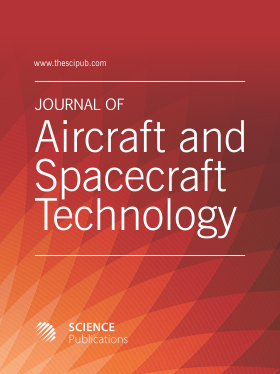Design and Analysis of a Lunar Lander's Landing System
- 1 Navi Mumbai, India
Abstract
In the overall design and performance prediction of spacecraft intended to accomplish delicate landing on the moon, touchdown dynamics analysis during the landing phase is one of the most important task. Missions in the past have experienced toppling of the lander due to the surface on the lunar body being covered with dead volcanoes and impact craters that restrict the smooth landing of the lander. Similar problem may arise in the future too. The main aim of work is to ensure that six feet touch the oblique terrain at the same time so that the capsule remains horizontally parallel to the ground and intact during landing. When the lander hits the ground, the force will propagate from the ground to the skid pads, then to the lower leg part and finally to the damper. Then, the damper absorbs the impact caused by the landing. The honeycomb structure consumes the applied force by getting crushed vertically. At a particular point, this force won't be sufficient to further crush the structure and the crumpling stops and the lander achieves its stability. The simulations of damper design and landing gear designs are carried out to attain lunar landing stability.
DOI: https://doi.org/10.3844/jastsp.2021.41.50

- 8,005 Views
- 6,908 Downloads
- 4 Citations
Download
Keywords
- Lunar Exploration
- Lander
- Rover
- Struts
- Honeycomb Cartilage Damper
- BLDC Motor
